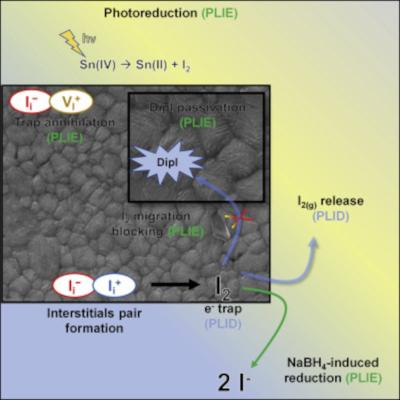A research team, led by Professor Ivan Mora Ser from the Institute of Advanced Materials (INAM) of the Universitat Jaume I of Castell, has improved the efficiency and durability of tin perovskite solar cells. The cells presented in the recent study exceeded 1,300 hours of operational stability, thanks to the incorporation of additives in the preparation of the devices.

Tin-based halide perovskites are being studied as potential candidates for lead-free perovskite solar cells. In the case of tin, an efficiency of more than 14% has been achieved so far, but it has major stability problems. This new work has introduced a combination of dipropylammonium iodide and sodium borohydride, two additives that have made it possible to prepare devices with PCEs of more than 10%, which boast greater stability and have maintained 96% of the initial PCE after 1,300 hours under solar illumination in a nitrogen atmosphere.
“We have found that the control of halide chemistry is a key aspect in delineating the performance of tin-based perovskite solar cells and optoelectronic devices,†says researcher Ivan Mora Ser.
Professor Ivn Mora Ser firther stated: outcomes provide valuable information and indicate the direction that research should take to achieve more efficient additives that control halide chemistry and their entry into the photovoltaic technology market.

